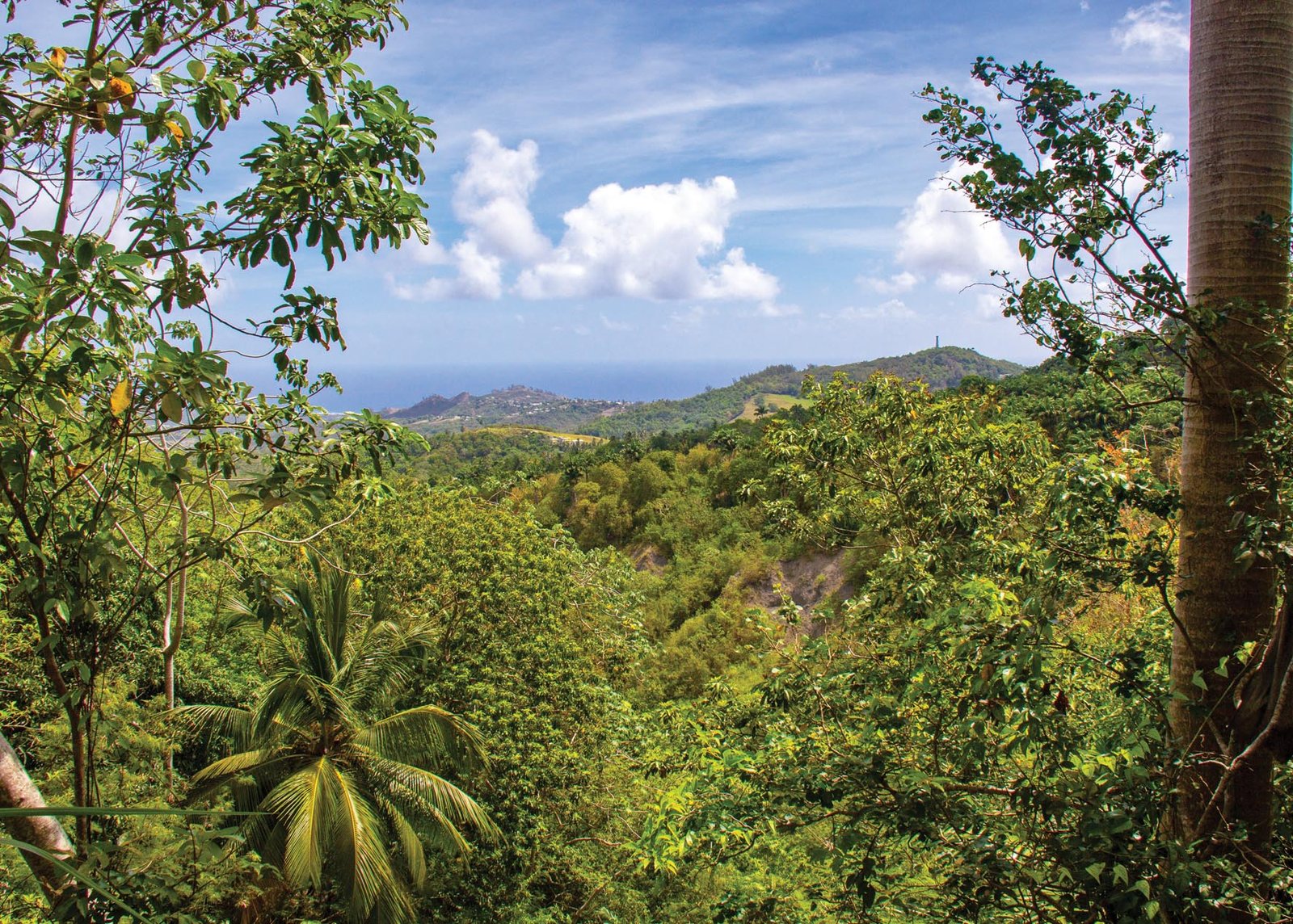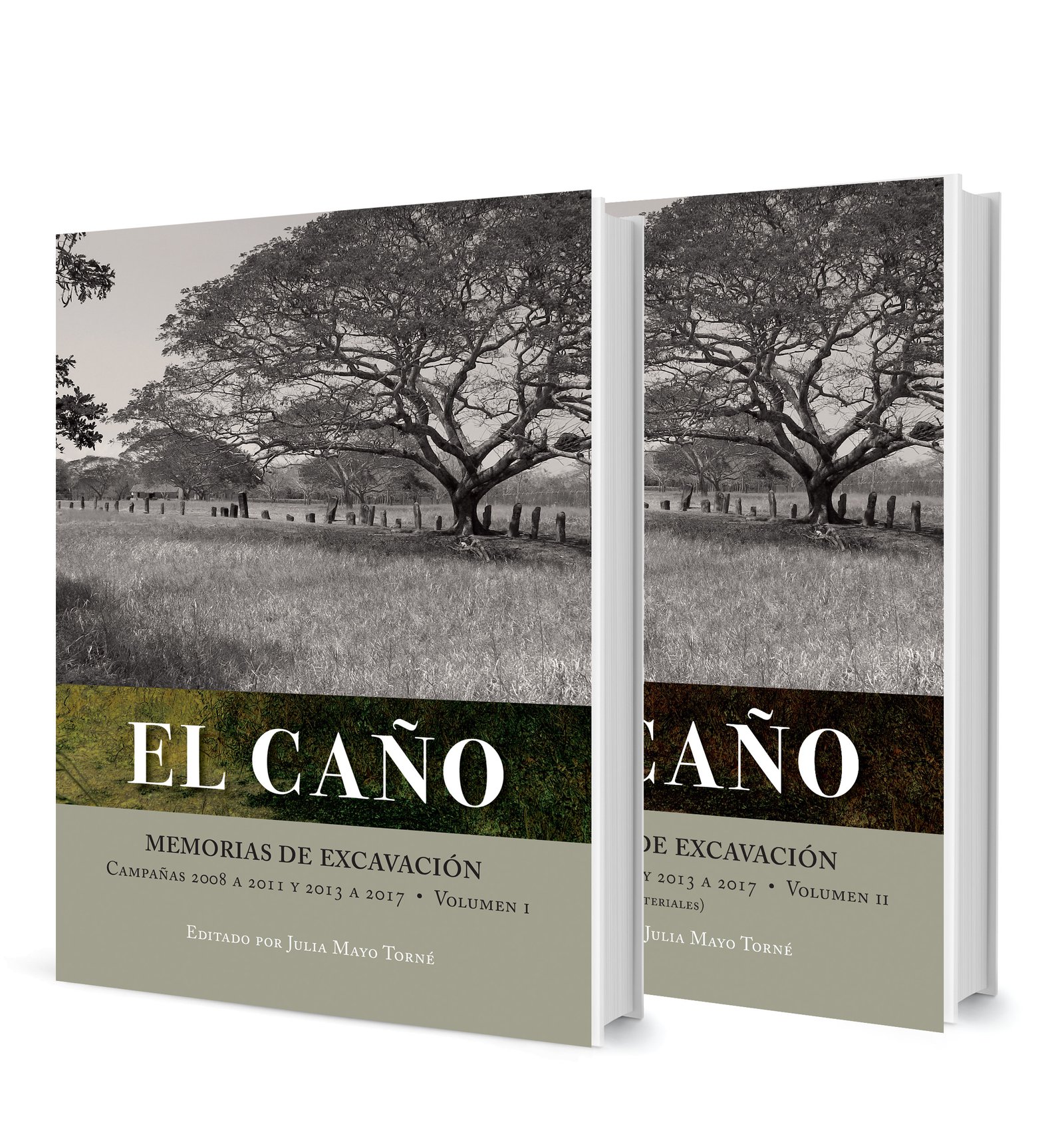
Migrating Nomadic Turtles
Text and photos :Javier Pinzón
Her name is 97793 and she is an excellent swimmer; in 268 days she traveled 4,153 miles. She started at the Pearl Islands archipelago in Panama and migrated south, touring the territorial sea of Colombia. She then migrated north, passing south of Cocos Island in Costa Rica, then on to Nicaragua, El Salvador, and Guatemala before finally arriving in Mexico, where she stopped to forage in the Gulf of Tehuantepec. She is a Lepidochelys olivacea turtle that scientists marked, along with 33 other turtles, with a satellite transmitter in order to study what these animals do after leaving the nesting beaches of Panama as well as to discover their feeding areas and determine how their migrations intersect with local environmental conditions and fishing areas. The study has just been published in the scientific journal Frontiers in Marine Science.
In 2009, the marine biologists Dr. Héctor Guzmán, of the Smithsonian Tropical Research Institute and Dr. Catalina Gómez, of the Center for Marine Sciences at the University of Panama, began to study the migratory behavior of the Lepidochelys olivacea turtles that nest in the Panamanian Pacific. Where do they go after they deposit their eggs on Panamanian beaches? What are their routes and their feeding and resting areas? How is their behavior influenced by environmental conditions like temperature, chlorophyll, and primary productivity? There are two types of turtles: those that migrate through established corridors to a determined area to feed and those that are more nomadic, making their own way. The nomadic turtles have different foraging sites and sometimes return to their nesting beaches. The scientists wanted to know how the turtles that migrate from the Panamanian Pacific behave.

About eleven years ago, the scientists began their fieldwork in the Pearl Islands archipelago and the Gulf of Chiriquí. First, they flew in small planes to discover the locations of the nesting beaches and then they spent long nights on the beaches waiting for the turtles. The idea was to capture the turtles, for just a few hours, after their nesting process to insert a satellite transmitter into their shells. The task was long and costly (each transmitter costs around 2,000 dollars) and they had to be very careful not to harm the turtles. The transmitter has several types of sensors, allowing the researchers to know if it is wet or dry; when the turtle goes to the water’s surface to breathe, the device detects the change in environment and sends the location of the animal to a satellite. The scientists receive the coordinates (longitude and latitude) of the turtle, along with the date and time. With this data they get an idea of the path the turtles travel.
The scientists use two models to analyze the data, Dr. Gómez explains. The first, called the Bayesian Probability model, helps detect the animal’s real footprint by using the turtle’s average speed and the angle between one transmission and another to map out the approximate route. The second, the Hidden Markov chain model, shows when the turtle is migrating or foraging (feeding) and how these behaviors are related to the environmental conditions at that precise moment.
One of the first conclusions the scientists drew after elaborated analysis is that these turtles do not have a specific migratory corridor, which means that environmental conditions determine their route. If there is not enough food (low primary productivity), they continue on their way until they find a place where food is abundant and then they begin to forage, moving in circles with the ocean currents. When primary productivity drops, they migrate once again. The interesting thing is that, while the turtles roam along the coasts or in the open sea without an apparent determined direction, they all arrive via different routes at the Gulfs of Tehuantepec (Mexico), Fonseca (El Salvador and Honduras), and Guayaquil (Ecuador) to feed.

The second part of the study consisted of finding out how the migratory routes and foraging sites intersect with industrial fishing areas. According to Dr. Gómez, they were able to conduct this study thanks to a database that identifies the locations of fishing vessels that use the AIS positioning system. The independent NGO, Global Fishing Watch, purchased this database thanks to a donation from the famous actor Leonardo DiCaprio and it was recently made available freely available to scientists. The results of the analysis, according to Gómez, were a cause for concern: 82.7% of the turtle transmissions occurred within industrial fishing areas where purse seines are used. Purse seines, very large nets that surround schools of fish (tuna, horse mackerel and sardines), can accidentally entangle migrating turtles. Although this occurs throughout the year, Dr. Gómez explains that it is more evident in autumn, when the turtles leave their nesting areas in Panama and travel to foraging areas in the territorial seas of Panama, Costa Rica, and Colombia.
These turtles have survived since the time of dinosaurs, although their survival rate is very low: it is estimated that only one in every thousand turtles born reaches adulthood. Many die during their first days of life because they are easy prey for crabs, birds, fish, and others. The surviving turtles spend thirteen to twenty years swimming in the ocean before returning to the area where they were born to lay their own eggs. They return between one and two years later to repeat the cycle of life again.
In addition to the natural dangers they face, turtles face threats created by humans: the loss of their nesting habitat, the urbanization of beaches, the extraction of sand, suffocation due to ocean pollution (they confuse plastic bags floating in the water with jellyfish and eat them), and entanglement in fishing nets, which prevents them from being able to go to the surface to breathe, causing them to die.

Thanks to this study, we have discovered the overwhelming presence of these fishing nets in the areas where the turtles feed, warning us about the survival prospects of this species on the planet. Gómez gives us a ray of hope, however, when she explains that the fact that the turtles travel at different times may have helped them, suggesting a greater resilience to climate change and the El Niño phenomenon. Perhaps this explains why the status of these turtles is listed as only “vulnerable” and not yet “critical” on the Red List of Threatened Species of the International Union for Conservation of Nature (UICN).
Any conservation effort that can be made will be as complex as it is urgent. The very fact that no specific migratory route for these turtles exists makes helping them a challenge, compounded by the fact that the turtles travel through the territorial seas of nine different countries as well as international waters. If we want this species to continue to exist on this planet, we will need to protect their nesting beaches and mitigate the negative effects of their contact with industrial fishing areas.
“Our study is clear, turtles are highly migratory and like many other species, they move through our oceans without geopolitical limits. Our turtles visited many countries. However, conservation measures are politically managed. For example, donor countries arbitrarily control the financing to certain countries in the region, without understanding the consequences this has on migratory species populations,” Dr. Héctor Guzmán said.



